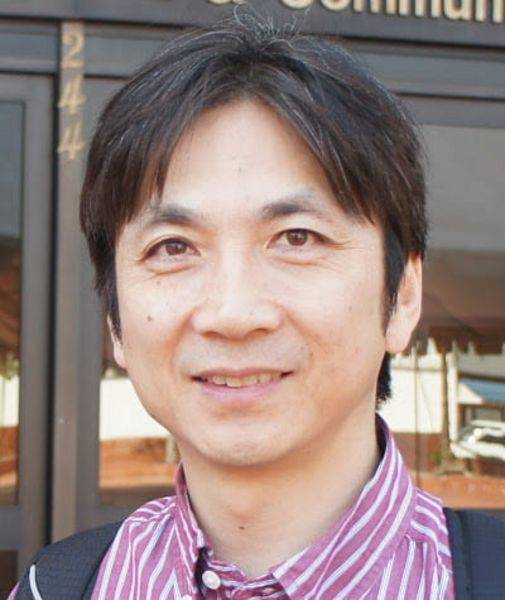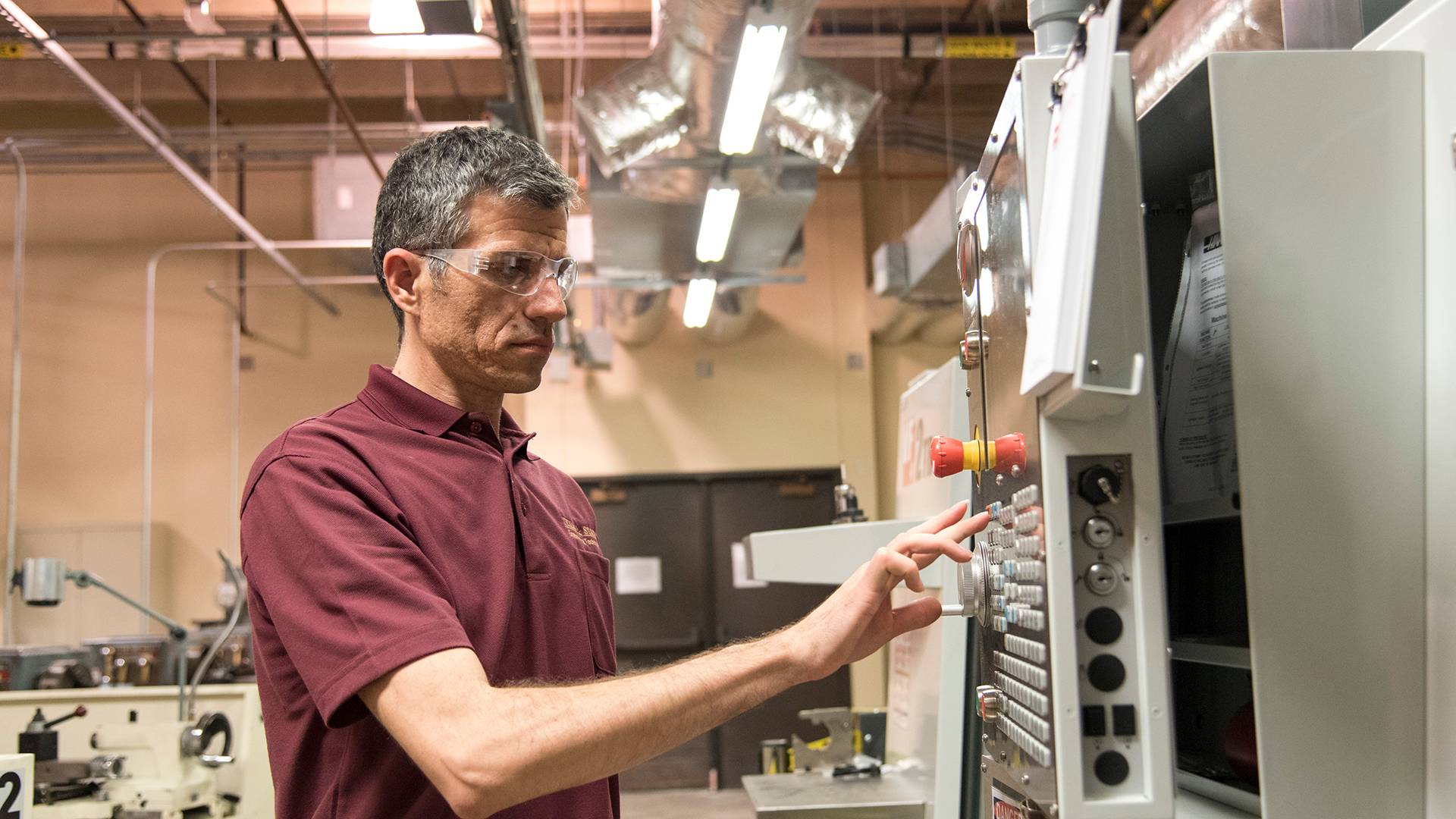New research, conducted in part at Texas State University, has demonstrated a new way to control light emission from an atomically thin semiconductor monolayer, with potential applications in next-generation optoelectronic devices.
The study demonstrates that periodic electric potentials—known as moiré potentials—originating from twisted hexagonal boron nitride (t-hBN) multilayers can modulate light emission from an adjacent molybdenum diselenide (MoSe₂) monolayer. The discovery highlights how moiré ferroelectricity emerging from moiré superlattice can be harnessed to remotely and dynamically control light at the atomic scale.

Yoichi Miyahara, Ph.D., an assistant professor in the Department of Physics and part of the Materials Science, Engineering and Commercialization Program at TXST, along with master’s student Roy Dominguez, and doctoral student Rigo Mayorga-Luna, contributed to the research. Doctoral student Dong Seob Kim, of the Department of Physics and Center for Complex Quantum Systems at the University of Texas at Austin, headed up the international effort, under the guidance of Xiaoqin Li, Ph.D., UT-Austin. The study, titled “Moiré ferroelectricity modulates light emission from a semiconductor monolayer,” is published in the journal Science Advances.
Moiré superlattices are created by stacking atomically thin layers of materials like hBN with a slight twist angle between them. This twist causes a periodic interference pattern, or moiré pattern, in the atomic alignment of the layers. In t-hBN, this leads to the formation of regularly spaced ferroelectric domains, each with a built-in electric polarization. These periodic polarizations generate a moiré potential—a nanoscale periodic electric field pattern that can influence nearby materials.
The research team showed that this ferroelectric moiré potential can be tuned by applying an external voltage to these layered materials, enabling spectral control of light emission, opening the way for advanced nanophotonic applications.
Hexagonal boron nitride (hBN) is a widely used two-dimensional (2D) nanomaterial, often serving as an insulating substrate in optoelectronic devices.
In this study, researchers at UT Austin prepared twisted hBN (t-hBN) multilayers by exfoliating hBN single crystals. The exfoliation process is inexact, resulting in crystals of varying quality. The TXST researchers, experts at Kelvin Probe Force Microscopy (KPFM), played a key role by using this advanced scanning probe microscopy technique to screen and evaluate the exfoliated crystals.
The research team focused on confined excitons (an electron paired with an empty electron state in a valence band) formed by an in-plane potential well created at the domain wall of t-hBN. These moiré-induced potential patterns enabled remote modulation of light emission from the MoSe₂ layer, revealing new possibilities in remote moiré engineering and 2D material-based optoelectronics.
